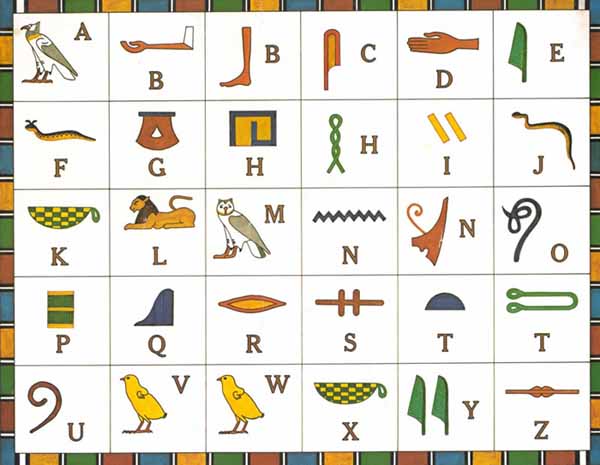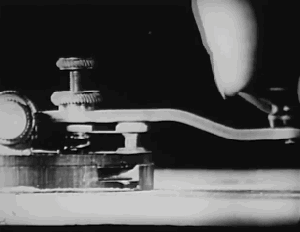
I admit it. I have twice deleted my Facebook profile, because I grew tired of...
The negativity...
The unrelenting narcissism...
The advertising...
The ad nausea of political rants...
[Unnecessary] Pictures of wounded animals...
or babies who are seriously ill...
The ignorance...
The unoriginal
The overshared...
The perverts...
The selfies...
The cryptic posters...
The attention seekers...
The game requests...
Facebook "Suggestions"....
Chat...
and...who the hell is this person?
I could go on all day. But, not long after I deleted my profile, I somehow felt I was missing out on life, and reinstated my account. There are innumerable factors why I dislike this social media platform, and only a few reasons why I like it.... So, why do I stay? I don't scroll down the "feed" for a long time, to see what I missed. I generally look at a few of the newest posts, maybe click "like" and then get disgusted or bored, really fast. The suggestions I receive feel like an intrusion and to me, the overall redundancy is obnoxious. Folks, let's be honest, there is nothing that is unique or original. It's all been done...over and over again.

And, sometimes, there are no words that can explain stupidity. Here is a hilarious look at a few of the stupidest things ever conveyed: Dumb Facebook Posts
I will be the first to tell you that I am guilty of some of the same posts that I dislike...and I use it to promote this blog....and, yet, I stay.
Apparently, there is a psychology behind our love of Facebook, that taps into the pleasure center of the brain. We feel connected to others, and our posts or comments are the means in which others will get to know us, or how we strive to express ourselves, which is the reason we all attempt to present ourselves in the best light. Yet, there are also good things that happen when we connect to social media, too. Examples would be finding a lost person, sharing a link to an important event or a news article that you find interesting, supporting a friend or family member during a rough time, or growing your business.

We extract sympathy and feel comforted when we share our feelings. It is a like receiving a cyber hug (acceptance and understanding) that we all desire. Yet, technology and communication march on. Go ahead. Pick your poison: Twitter, Instagram, Tumblr, Pinterest, Google+, YouTube, Reddit and LinkedIn. I am guilty of connecting to at least 6 of these social media sites, and recognize the addictive tendencies attached to having these accounts and there are statistics to support this theory.
What ever your pain or pleasure may be, as you consider your attachment to any social media platform, it is a means of communication.

The oldest known form of communication are cave paintings made by Homo Sapiens, which date back to around 35,000 B.C., where man first began to pass along information. On the island of Sulawesi, in Indonesia are some of the oldest examples of cave paintings of animals ever found on earth. Other significant discoveries have been located in the Chauvet Cave, in France, and in the Coliboaia Cave in Romania, dating back approximately 30,000 to 32,000 thousand years ago.
20,000 years passed, and man began to carve information onto rock surfaces. Known as "petroglyphs", stones were carefully arranged and left (possibly) as a form of a message; symbols were carved into wood or rock formations.
Next, "Pictographs" became the means in which communication was transmitted. The difference between petroglyphs and pictograms is that petroglyphs showed an event, but pictograms told a story about the event. This was a way of recording events chronologically.
 |
| Image source: ancientexplores |
 |
| Image source: thevikingmuseum |
 |
| Image source: google |
But ideas that were carved in stone, were not portable. It was not functional as a means to deliver messages; so, the ancient Egyptians developed papyrus to carry messages. Papyrus is derived from the pith of a plant bearing the same name, and once formed and dried, they were then written upon and then rolled into scrolls.
The next evolution was the development of parchment using animal skins and its use was somewhat revolutionary, and differing from papyrus which could crack as they became brittle and fragile. The parchment sheets were folded and then put together to form the earliest books or codices. Papyrus was eventually used in the same way, for a long time. Both mediums were used to record history, scholarly texts, ideas, science, religion and so on.

Other ancient methods of recording the written word have been found around the world. In India, palm leaves were dried and smoked and used as a writing surface. During the medieval era, pointed or sharp instruments called a stylus, were used on wax tablets. And, in the Himalayan region, birch bark was used to capture text (specifically, mathematical information).
 |
| Image source: pluspets.net |


Speeding forward to the 1600's printing begins to take a new face in the form of propaganda, and pamphlets are used during Luther's Reformation against the Catholic Church, and later, pamphlets were used for information during the Thirty Year War. People were thirsty for news, and the printers delivered "Newsheets", which eventually developed into today's newspaper (circa 1609 - 1630's).
 |
| Image source: Time |

Signal flags were invented by Robert Hooke, in the year 1684, called Semaphores or Maritime Flags. This was essentially a way of hand waving using flags.

In 1836, the Morse Code was developed.
In 1867, the first book published from a typewriter was "The Adventures of Tom Sawyer" by Mark Twain.
In 1876, Alexander Graham Bell, introduces the telephone.
 |
| Image source: thesmashinglists |
 |
| Image source: archives.gov |
In 1920, the first commercial radio broadcasts features opera singers from "The Met".

1925, enter the television.
The first word processor is introduced in 1964.
1971, the first email is sent.
1992, "Merry Christmas", via text.
1995, Say hello to my little internet phone.
2004, Facebook is launched.
2006, Twitter begins with a tweet.
And we have come full circle, my Friends.


No comments:
Post a Comment